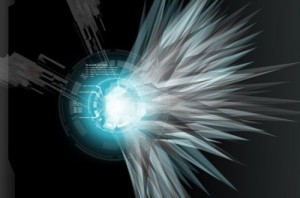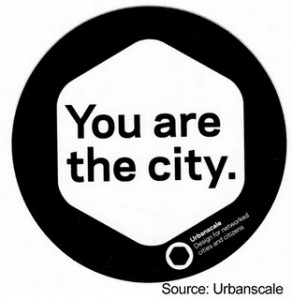 Ray Kurzweil is one of the pundits I like to follow when I want to look into the distant future. I first became aware of his work in mid-2001 when I skimmed the Age of Spiritual Machines and then, for reasons that escape me, it just rest on my bookshelf amongst the many other thought-provoking works. It wasn't until I discovered the heavy volume for which he is better known today that I took in the magnitude of Kurzweil's vision: that technological advancement will be central to unlocking the enduring mysteries of brain function.
Ray Kurzweil is one of the pundits I like to follow when I want to look into the distant future. I first became aware of his work in mid-2001 when I skimmed the Age of Spiritual Machines and then, for reasons that escape me, it just rest on my bookshelf amongst the many other thought-provoking works. It wasn't until I discovered the heavy volume for which he is better known today that I took in the magnitude of Kurzweil's vision: that technological advancement will be central to unlocking the enduring mysteries of brain function.
I got the hard copy and read the Singularity is Near in mid-2006, as soon as it came out. It was an excellent sequel, of sorts, to an extremely well-written work by Washington Post writer Joel Garreau, Radical Evolution. I highly recommend that anyone who wants to examine the future begin with Garreau's work because it offers a greater variety of perspectives than Kurzweil.
In late 2008, the Singularity University was born. It's great that there is a working think tank with "real world" laboratory examining the scenarios he (and now others) propose. Ever since the establishment of the Singularity U, it seems that Kurzweil's "properties" have gained a lot of momentum. But they are not without detractors.
This blog post entitled "The Singularity is Far" on the Kurzweil site caught my attention because it so directly questions some of the Singularity theory's basic premises about the human brain and future technologies. And it is featured on the Kurzweil site! While a neuroscientist's view seems one to which we should listen on the topic of brain enhancing technologies, and he raises many excellent points in his essay, I find the nanobots scenario very attractive, regardless of when it may finally be possible!
It would be fantastic to have the opportunity to study or attend some sessions at the Singularity U. I'd really like to learn how they address obstacles, to apply their techniques to the projects on which I work. Ideally, such an investment would be something from which I would benefit long before we have nanobots flowing in our bloodstreams!

